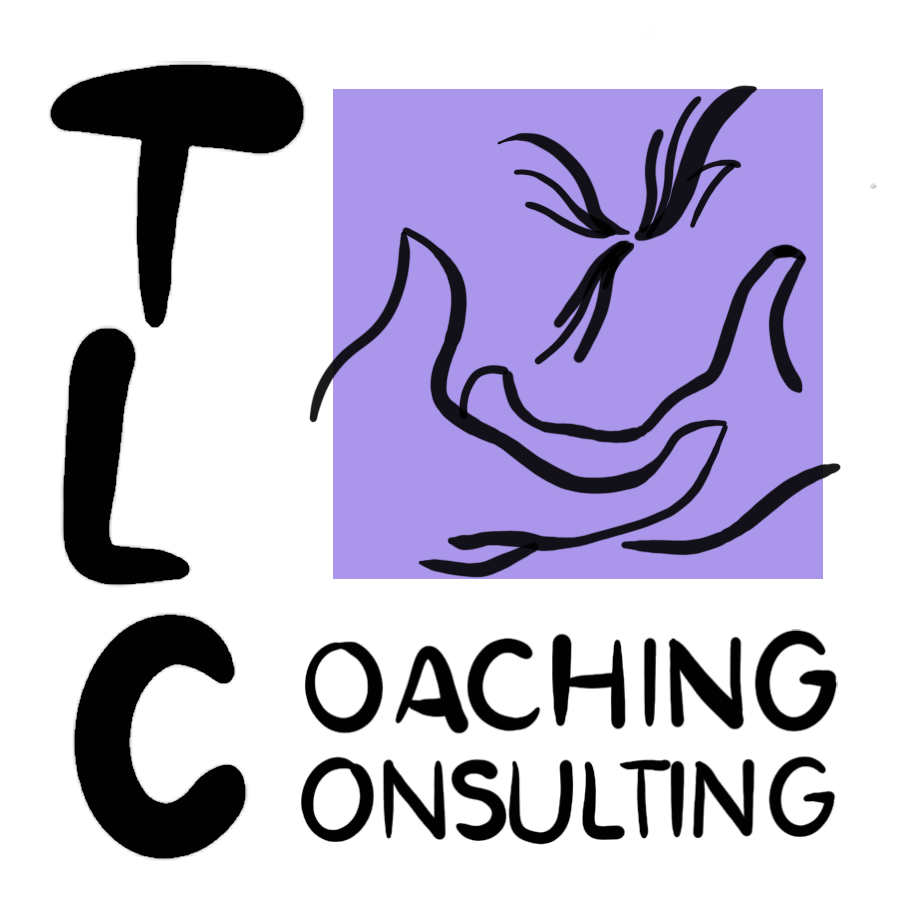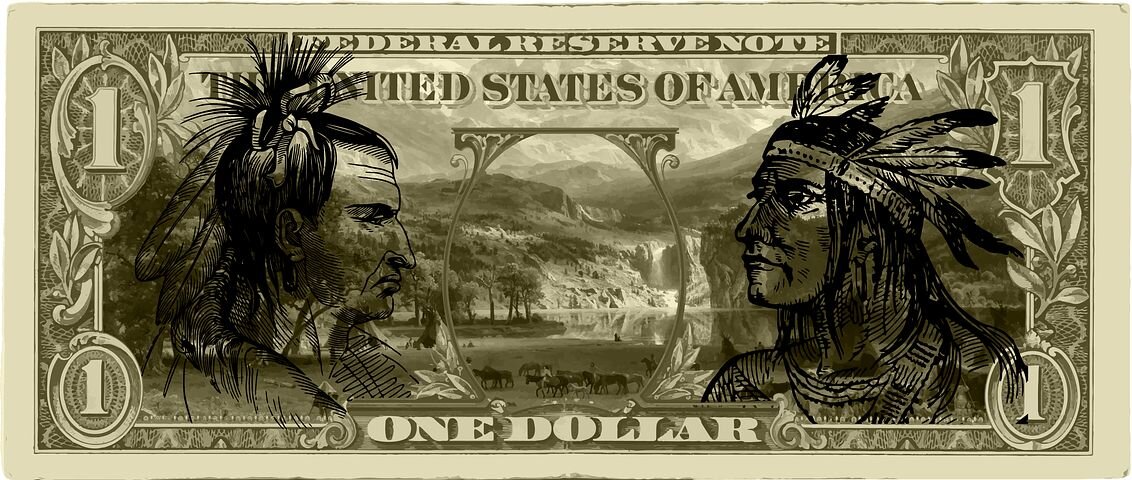Waking Up to Change
If you’ve been following my blogs, you know that my hopes and dreams are that this Pandemic will be an opportunity for large-scale change.
The schools are closed. What a great opportunity to change the antiquated school system! Is anyone talking about this? Let’s work together…
We can’t go to many places, so are driving less and spending more time walking in Nature. Are you creating a plan to adopt this as a lifestyle change?
Social distancing is keeping us apart, yet we’re finding ways to connect with more people. Are you planning to stay connected?
We’re equally in this health-scare together. How can we use this opportunity to move toward a more compassionate, egalitarian society?
I’m hearing people complaining things aren’t moving forward quick enough. I’m hearing that people want things to move “back” to what it was. I don't see that perspective as working toward change - toward forward movement. When things get ‘back to normal’, will nothing be gained? Will there just be talk of ‘loss’. Will we have missed the deeper calling? I feel sad at the prospect of this being the case… and grumpy. How ‘bout you?
Are you wanting and willing to seize this time in our history as a ‘Higher Calling’ for a ‘Greater Purpose’ - an opportunity for great change? I’m revisiting places I’d like to keep waking up to, and… Ima bring you with me, if you’ll let me.
Although, in some ways, we’ve come a long way - to opening our minds and hearts, and grounding our ideals (to raise the plight of those who have been marginalized to equal footing) into real-time political action - we have SO VERY FAR to go.
Yesterday, during a walk in the Retreat Woods with Jessica, the subject of reparations came up. One example of ‘who’ the USA needs to honor and make tangible reparations to (in order to heal), are those impacted by the “ethnocide” of their Native American culture.
To understand why Native Americans deserve reparations – lots of reparations, and reparations that last for a very long time – I’m going to share a reflection paper I wrote after watching videos and reading about Indian residential boarding schools.
This paper was written for a Master’s level class in Social and Cultural Foundations for Counselors. Researching and writing this paper opened my mind and heart, and I hope reading it helps your mind and heart widen and deepen, too. It’s a long paper - though I’m confident it will be worth your time.
Please read through to the end, and spend some journal time reflecting on your reactions.
The impact that Indian residential boarding schools have had on generations of Native American Indians (of the U.S.A.) and First Nations People (of Canada) can be likened to dropping tens of thousands of stones, one-by-one, into water whose edges touch everywhere and whose ripples do not end. Joseph E. Trimble reminds counselors that many Native American Indians currently experience historical trauma from the forced removal of children to boarding schools (Gallardo, Yeh, Trimble, Parham, 2012). Activist Floyd Red Crow Westerman spent his childhood in the Wahpeton Indian Boarding school in North Dakota. Sixty years later, he still recalled when he left his reservation in South Dakota “all the mothers were crying” (Bear, 2008). “For the tens of thousands of Indians who went to boarding schools, it's largely remembered as a time of abuse and desecration of culture” (Bear, 2008).
The desecration of culture has had deep and devastating effects on self-esteem and self-identity. In the video Indian Boarding School Plan, Bill Means, an Oglala Lakota, recalls leaving boarding school feeling ashamed. Ojibwe student Merta Bercier wrote: "… After looking at the pictures of the Indians on the warpath — fighting, scalping women and children… Indians were mean people — I'm glad I'm not an Indian…" (from the online site: Indian Country Diaries).
“According to Tsianina Lomawaim, head of the American Indian Studies program at the University of Arizona, the intent was ‘erase and replace’ Indian culture” (Bear, 2008) and it worked. When (Pattwin Indian) Bill Wright, after returning from the Stewart Indian School in Nevada, told his grandma he didn’t understand her language, she said “Then who are you?” (Bear, 2008).
In the video, Means relates how, years later, following a 5 year-long vision quest, he realized how not only his life but his entire culture was affected by the US government and church policies (O’Ceallaigh, R.) regarding what Raphael Lemkin coined “ethnocide” (as cited in Daniels). It was stunning to hear Means speak of his healing process: emotions turning from anger to hatred to hopelessness to thoughts of violence, and then, ultimately, to the illumination that becoming “happy” could only be accomplished through forgiving (O’Ceallaigh, R.). In the video, Means states that “every day I work on that commitment” and adds that “every one of us” (Native Americans) will need to make the same commitment in order to heal (O’Ceallaigh,
R.).
Not everyone has made this commitment though. The impact of the desecration of the Native American Indian culture: low self-esteem and lack of self-identity, and abuse endured in the boarding schools is incessant and exponential. Means alludes to this in the video, saying: “It’s not history; it’s still here with us…”
As late as the 1960s, a congressional report found that many teachers saw their role as civilizing (not educating) American Indian students, and that boarding schools’ major emphasis was on discipline and punishment (Bear, 2008). The impact of abuse has a personal and generational effect. Former boarding school student Bill Wright still has nightmares from the severe discipline he witnessed and endured (Bear, 2008) but even more worrisome is his fear of passing abuse on to future generations. "You grow up with discipline, but when you grow up and you have families, then what happens? If you're my daughter and you leave your dress out, I'll knock you through that wall…," (Bear, 2008). This concept of “violence begets violence” (referencing the Gospel of Matthew, verse 26:52) is further illuminated in the case study of The Throw-Away Boy, “Jake” (Gallardo, et al., 2012, Chapter 13) who rapes another person after he himself was sexually abused (p. 214).
Because of this violence begets violence phenomenon, I’m left to wonder how many people have and will be affected by abuse endured in the boarding schools. In a trial against Arthur Plint, a dorm supervisor in an Indian school in Canada, B.C., Supreme Court Justice Douglas Hogarth stated, “As far as the victims are concerned, the Indian residential school system was nothing more than institutionalized pedophilia” (as cited in Daniels). I also wonder how one form of abuse (like physical and/or sexual) begets another (like alcoholism). “Another victim, Emily Rice, left the Indian school Kuper Island in 1959, at the age of eleven. She had been repeatedly assaulted and sexually abused by Father Jackson and three other priests, one of whom plied her with alcohol before raping her” (as cited in Daniels).
High statistical rates in physical, sexual and emotional abuse, depression, alcoholism, suicide (Comas-Diaz and Greene, 1994, p. 46-51) and low socio-economic status (K. Glavin, personal communication, June 30, 2013) plague Native American and Canadian Indian populations. Indian leaders view the current problems of abuse as “evidence of the breakdown in traditional cultural values” (Comas-Diaz and Greene, 1994, p. 49). In the video Assassination of a Culture (Indian Boarding Schools), Kevin Gover, Assistant Secretary Indian Affairs (2000) states that “so many of the maladies suffered today in Indian Country…poverty, ignorance and disease…infect, diminish and destroy the lives of Indian people decades later, generations later…” (as cited in Lonewolf).
One video viewer (hipretty) posted that:
“institutionalization especially systematically causes reactive attachment disorder. The disorder is so pervasive you cannot connect emotionally to other people because the 1st connection to parents or family was broken. That connection teaches us we are worthy, lovable, to trust, to accept love & love others. When that break happens that break is lifelong. If these broken children grow to have children, they cannot connect to them or show them what they should have had but was stolen from them”
and Lonewolf, the video’s producer replied “I agree with you100 percent. Thank you for your wise words” (Lonewolf).
The deficits associated with disorganized attachment include difficulty interpreting others’ emotions, lack of self-control, aggressiveness, social avoidance, peer rejection, depression, low self-esteem, posttraumatic stress disorder, destructive behavior, juvenile crime, violence, and lack of empathy (Gallardo, 2012, p. 214).
Difficult to face and unpleasant as it may be to study how badly our species has treated each other - as is true with Native American and First Nations people - there are positive outcomes to bringing awareness to this material. In a June 2, 2003 Washington Post article: Sioux allege abuse at church boarding schools, Sharon Waxman writes that lawsuits against the Canadian government and churches that ran Indian boarding schools “have resulted in a $240 million government healing fund” (as cited in Daniels).
Also important to note: there are positive influencers - worthy of study - who emerged from the boarding schools. Esther Burnett Horne, for example, a student at the Haskell Institute boarding school, attributes her leadership skills to that schooling. Horne became a teacher who later taught Dennis Banks, George Mitchell and Leonard Peltier - all leaders of the 1960s-70s American Indian Movement (from Indian Country Diaries).
Becoming more and more aware and allied with those who have been treated wrongly is necessary for the healing of all - for Spiritual evolution.
This is my mantra:
May we all want to be conscious.
May we all work toward being deep, compassionate listeners.
May we all search for ways to heal – ripple by ripple – the horrible wrongs that have been inflicted upon our fellow beings.
Now, (while things are topsy-turvy anyways), is a great opportunity to help create (internal and external) change. How would you like to help change the world?!
References:
Bear, C., NPR. May 12, 2008. American Indian Boarding Schools Haunt Many. Retrieved from http://www.npr.org/templates/story/story.php?storyId=16516865
Comas-Diaz, L. & Greene, B. (1994). Women of Color, Integrating Ethnic and Gender Identities in Psychotherapy. New York, NY: The Guilford Press.
Daniels, J. (Graduate Assistant, Northwest Center for Holocaust, Genocide, and Ethnocide Education Western Washington University). The North American boarding school experience. Retrieved from http://www.wce.wwu.edu/Resources/NWCHE/Ethnocide/Boarding%20Schools.Final.pdf
Gallardo, M. E., Yeh, C. J., Trimble, J. E., Parham, T. A. (2012). Culturally Adaptive Counseling Skills, demonstrations of Evidence-Based Practices. Thousand Oaks, CA: Sage Publications, Inc.
Indian Country Diaries. Indian boarding schools. Retrieved from http://www.pbs.org/indiancountry/history/boarding.html
Lonewolf (producer). Assasination of a Culture (Indian Boarding Schools) (Video file). Retrieved from http://www.youtube.com/watch?v=LtrIF6xbkwM
O’Ceallaigh, R. (producer). Indian Boarding School Plan (Video file). Retrieved from http://www.youtube.com/watch?v=Avt-5cfb3ng






